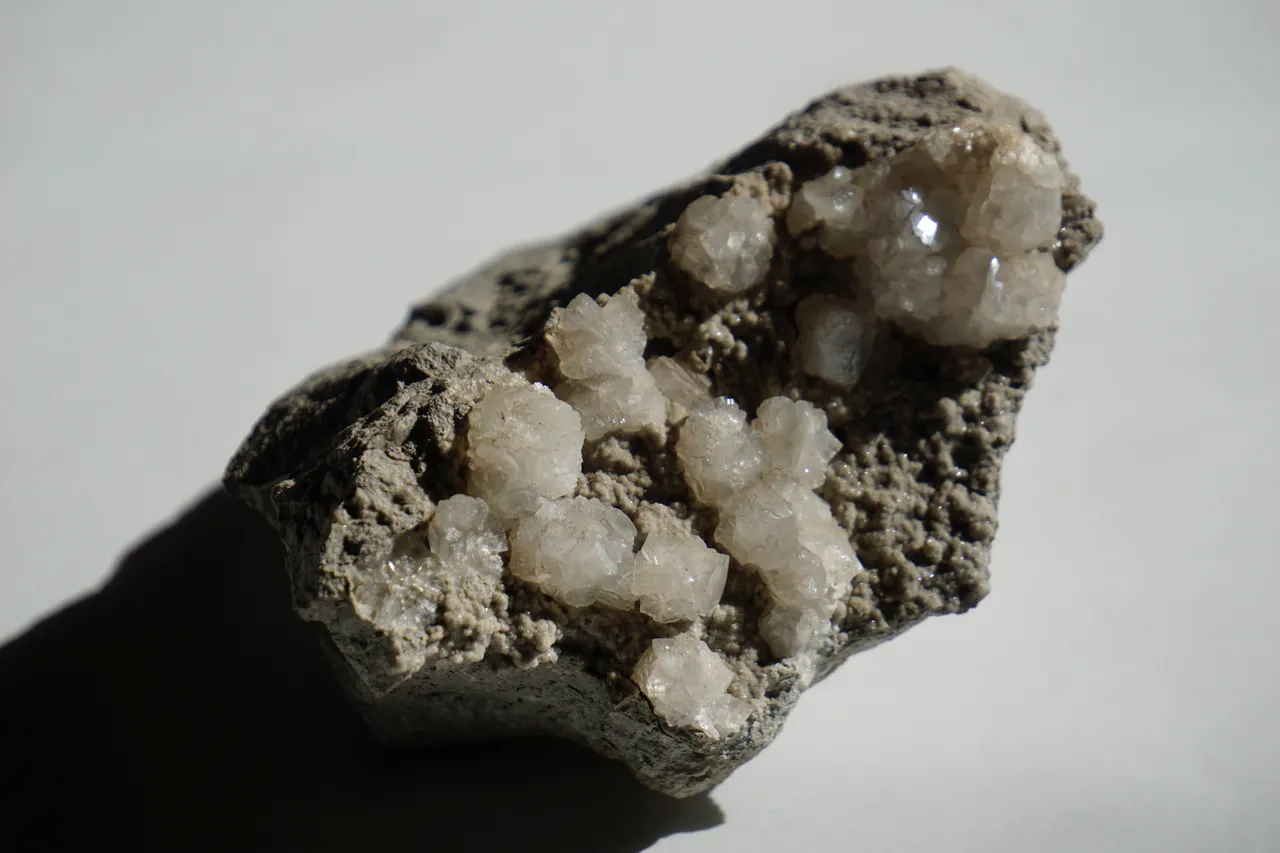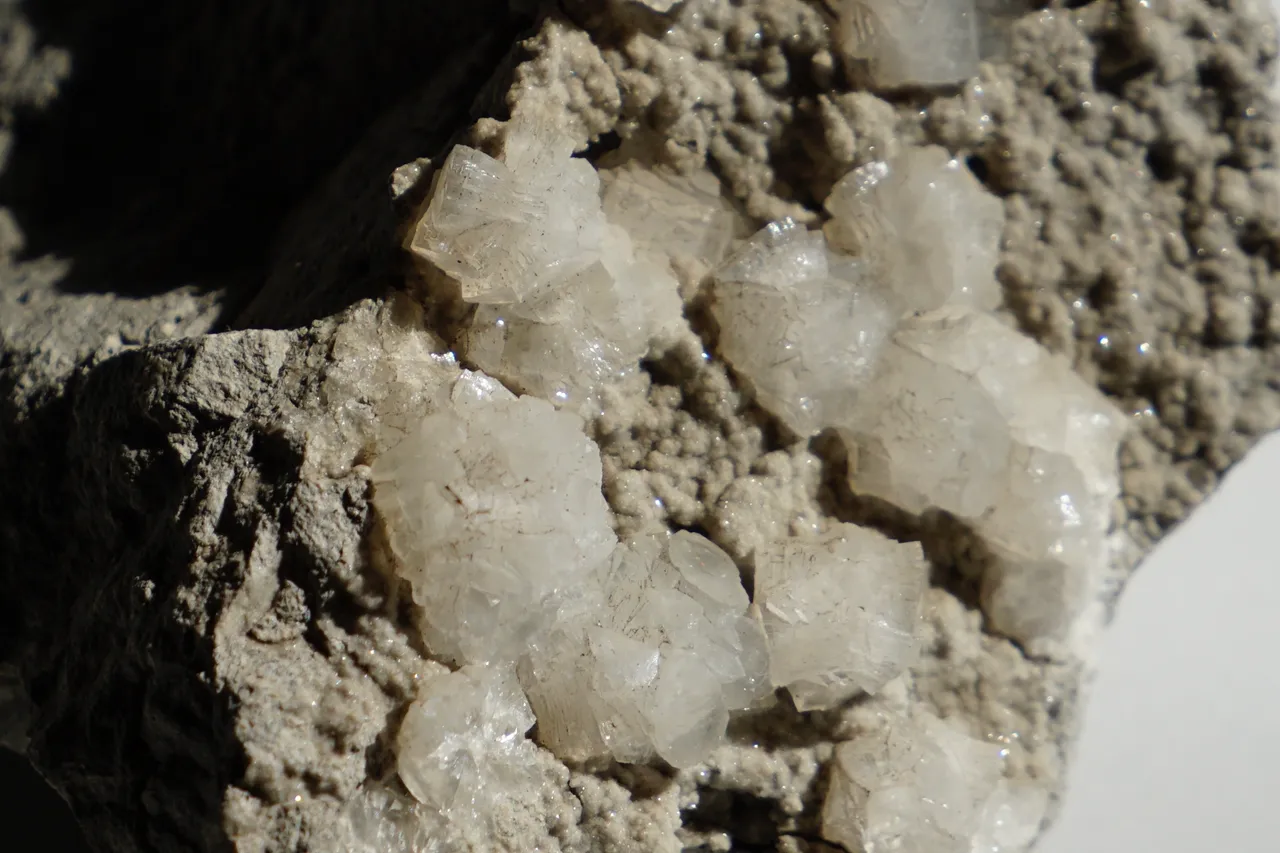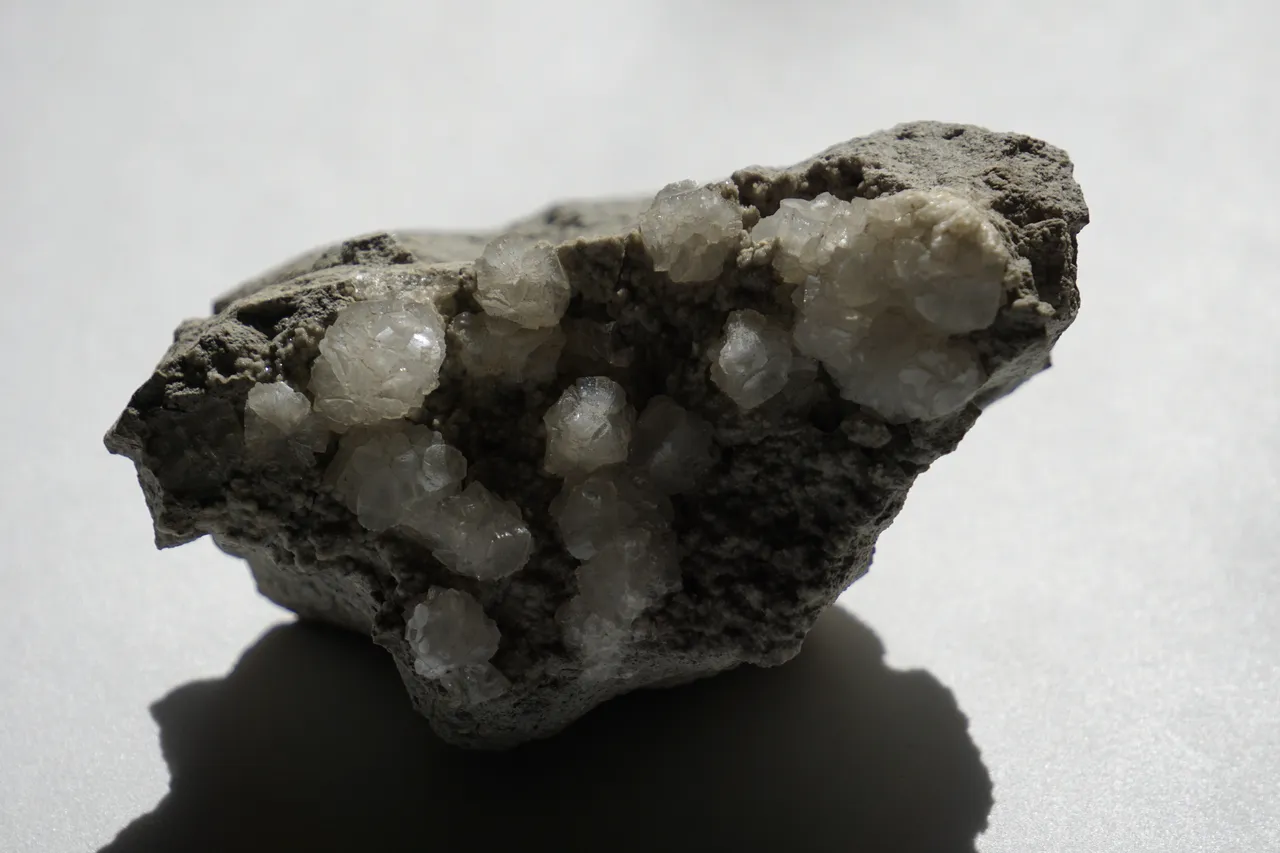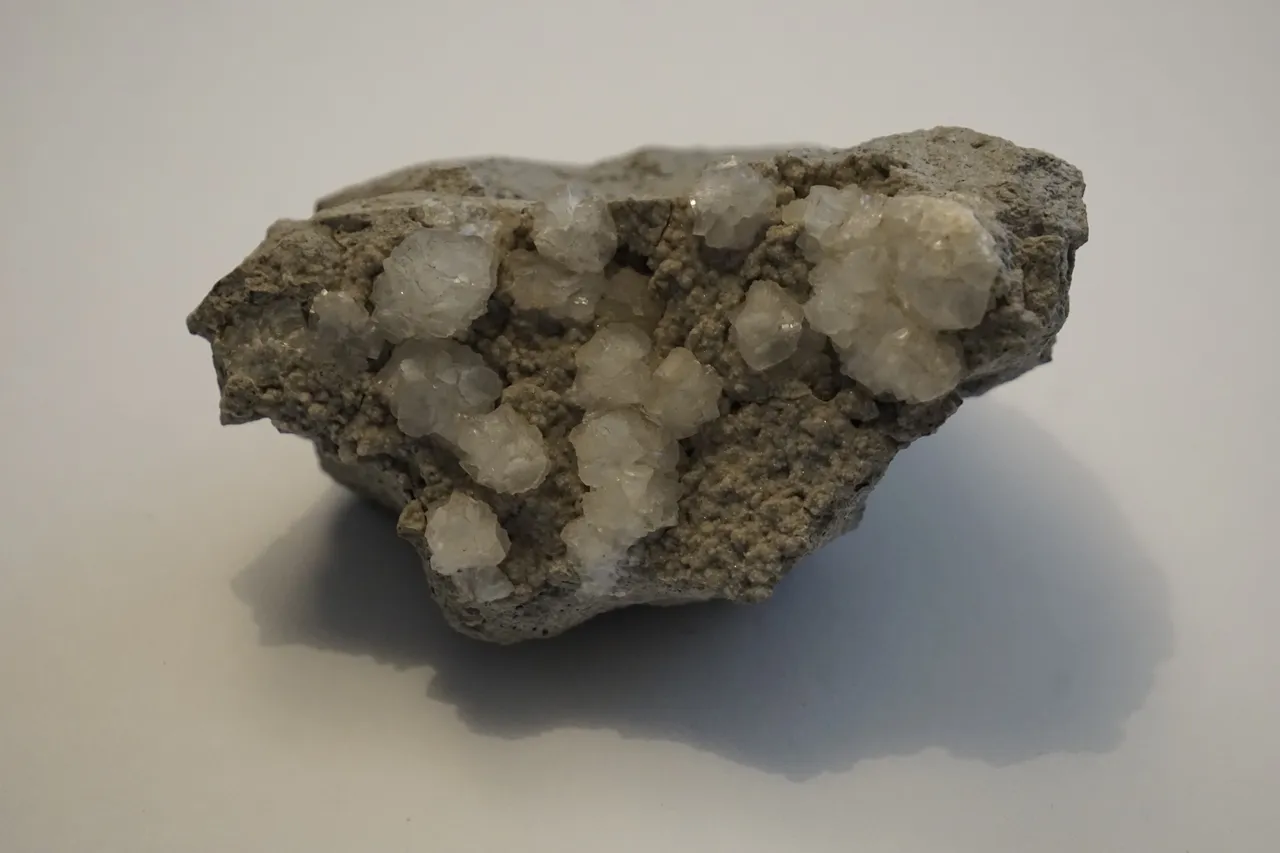Good day dear Hive Community, first of all I would like to wish you all a pleasant day and hope you are well! In my new post, I would like to present pictures of a mineral and go into a little more detail about the specimen and hope you can learn something new.

Here you can see a representative of the silicate minerals, which also belongs to the class of germanates and silicates and is known under the name Thomsonite. It was probably first discovered in Scotland by the British mineralogist Henry James Brooke (1771 - 1857) who had discovered the mineral in a village in West Dunbartonshire in Scotland. When it comes to the naming, he referred to the chemist Thomas Thomsen (1773 - 1852) and since the beginning of the 21st century, it is listed as an independent mineral. The formation can be traced back to volcanic activities and it usually occurs in the druses or cavities of magmatic rocks. Thomsonite is often found with other minerals such as quartz or calcite and one of the characteristic properties that it also belongs to the zeolites and the crystal shape is often spherical.

Depending on the mining area, the appearance can vary and in the primary color it is white and the crystals have a glossy as well as transparent appearance. It is a rather rare mineral and among the best-known places of discovery include in addition to Scotland also the Faroe Islands, USA, India, Russia or Afghanistan and it is suspected that more than 150 different variations have already been found. From an industrial point of view, it is mainly processed into jewelry and is particularly popular in collectors circles and occasionally it is still used as a healing stone. It is also used to treat water and from a symbolic point of view it is often associated with the zodiac sign Gemini.


Many thanks for stopping by and I hope you like my new contribution! I captured these pictures with my Camera Sony Alpha 6000 plus 55-210 mm lens!